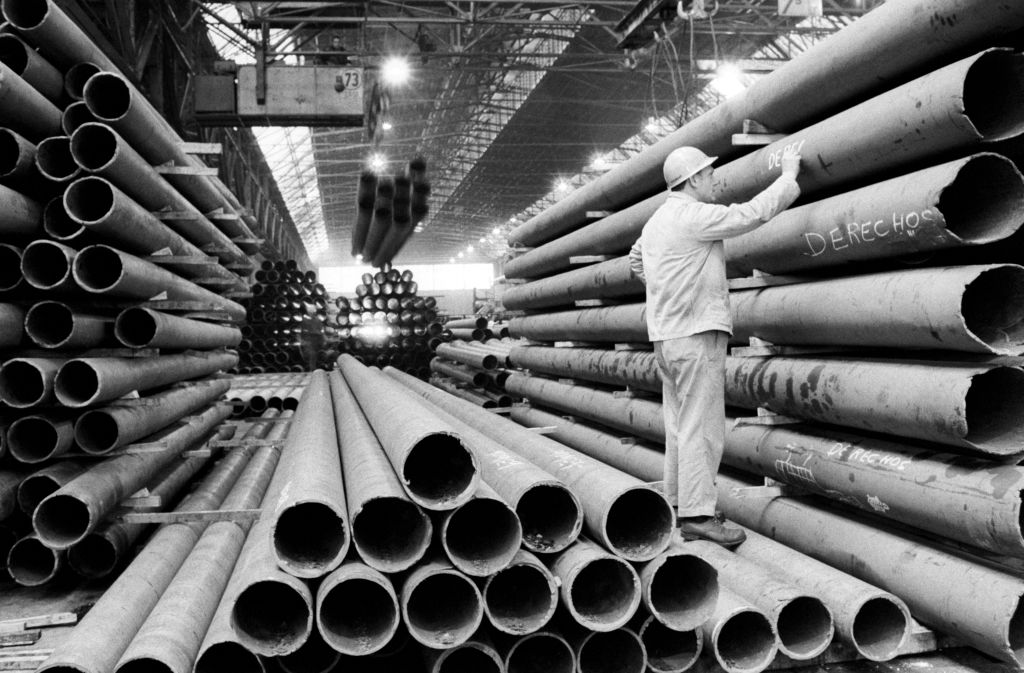Panama Fever Book Launch and Roundtable Discussion
Panama Fever Book Launch and Roundtable Discussion
At a COA book launch, panelists shared scientific, political, and historical insights into the
Speakers:
- Matthew Parker, Author, Panama Fever
- Everett Ellis Briggs, former U.S. Ambassador to Panama
- John Hamilton, Science Correspondent, National Public Radio
- Abey Saied, Chargé d’Affaires, Embassy of Panama
- Eric Farnsworth, Vice President, Council of the Americas (Moderator)
Summary
On March 27, the Council of the Americas hosted a book launch and a panel discussion on Panama and construction of the canal. Matthew Parker, author of Panama Fever: The Epic Story of One of the Greatest Human Achievements of All Time presented a historical account that began with the colonial era and provided context to explain the historical significance of the Panamanian isthmus. Panelists shared scientific, political, and historical insights into the
Discussion opened with an overview of Panama since the time Vasco Nuñez de Balboa set foot on the narrow strip of land. Author Mathew Parker charted a parallel between U.S. involvement in Panama and the emergence of the United States as a world superpower. At the time of the 1949 gold rush, many Americans sought quick passage to the West coast through the Panama isthmus, creating an informal economy of gambling and prostitution that would take hold of the gold rush towns. Many Panamanian locals reaped the benefits by offering transportation and accommodation services. But crime and violence quickly spread, creating unrest and general instability.
The construction of the railroad connecting the Pacific and Atlantic coasts severely cut the demand for guides, boatmen, and mules, explained Parker. Panamanians, deprived of their own “gold rush,” were left on the sidelines, where resentment quickly grew towards Americans. The U.S. government frequently intervened in defense of the railroad companies’ interest, creating a rocky U.S.-Panamanian relationship that would shape the future of Panama and western trade.
After the French failed to complete construction of the canal, U.S. President Theodore Roosevelt led an initiative to complete the project, and the canal remained in U.S. control until December 31, 1999.
Panama After the 1977 Treaty
Ambassador Briggs, who served as ambassador from 1982 to 1986, discussed his experience in Panama during that period, which came shortly after the Panama Canal Treaty of 1977 that established the 1999 end date to U.S. control of the canal. Briggs perceived three pressing problems at the time: widespread political unrest, including quick succession of four presidents in just three years; entrenched U.S. interest in the canal and its American workers, leading to conflicts with Panamanian interests; and rampant technical problems in the canal’s operations, which could be attributed to the lack of pilots capable of navigating ships through the locks. While little could be done about the first two problems, the third was resolved through a system of scholarships allowing Panamanian nationals to be trained as pilots. By the 1990s, all pilots were Panamanians.
Ambassador Briggs’ shared positive comments on Panama’s outlook, stating that the Panamanian people could look to a future unhindered and unconsumed by its past. As a result of America’s involvement in Panama, its people inherited a culture of American determination and competitiveness, said Briggs. The Panamanian embassy’s Chargé d’Affaires Abey Saied concurred with Briggs, citing Panama’s commitment to freedom and democracy and a strong link between U.S. and Panamanian ideals, reflected in Panama’s five-time seating on the UN security council with U.S. backing.
Briggs concluded his opening remarks by highlighting the manner Panama’s operations of the canal. Now in Panamanian hands, the canal is no longer be seen as a golden egg-laying goose, but rather an important transit point responsible for generating domestic employment and greasing the wheels of international trade.
Saied gave an overview of Panama’s economy and the role of the canal since 2000. According to Saied, Panama has enjoyed a 8.5 percent yearly growth, driven mainly by the canal, ports, and financial services sector. Foreign direct invesmtment amounted to $7 billion this year, which is more than the rest of Central America combined, while multinationals are swarming to build regional headquarters in Panama.
In terms of the Canal, Saied says that 78 percent of the population voted in support of its expansion. The Panama Canal had an income of $1.7 billion last year, up from $574 million in 2000. The result was the injection of $847 million into the country’s treasury, compared with only $166 million seven years prior.







